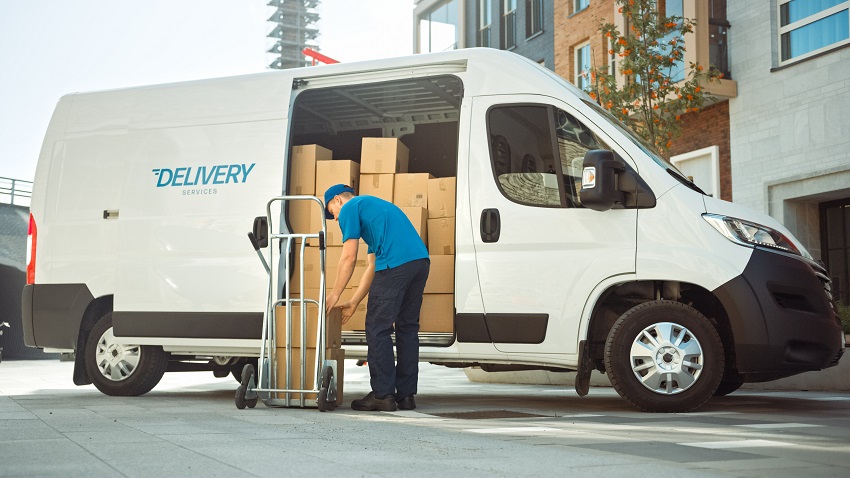The use of crowdsourcing for small parcel delivery is one of the latest trends in the industry. And, it just may be the one way large online retailers can keep up with the service and delivery performance of their biggest competitor — Amazon. While there are several challenges to undertaking a crowdsourcing model, technology is assisting companies in implementing this model for the final mile of delivery.
How Crowdsourcing Delivery Works
Crowdsourced delivery has become the answer to how companies can provide fast last-mile delivery because it is a flexible, variable-cost solution. With it, companies can outsource their deliveries to a large “always on” network of available drivers through a technology platform. This allows a business to meet demand when it has no delivery fleet, or when its fleet is too small. Amazon has already had success with its version of this delivery model, called Flex. Drivers are assigned routes of up to 60 parcels with the Flex mobile app. They complete those routes using their own vehicles.
The Attractiveness of Crowdsourced Delivery Services
While crowdsourcing increases the number of available drivers, it is not always the most cost-effective delivery solution. Most crowdsourced drivers earn around $16–$22 per hour. These rates are not always lower than those of independent contractors who work for regional and local carriers. And due to the high turnover of crowdsourced drivers, many platforms need to spend money acquiring new drivers to overcome this. Many companies prefer a balance between operating their own fleet of drivers and leveraging the crowdsourced option to fill in the gaps.
The cost-effectiveness of crowdsourced delivery has little to do with the model or the labor, and more to do with the technology that can generate algorithms to improve operations, however. Since the model is extremely flexible, businesses can more easily match the supply of drivers to the demand for deliveries. The appeal is great as an employee for many people, too. Crowdsource drivers can work when they want and how they want, with greater control over their work schedule.
Crowdsourcing Delivery Challenges
Implementing a crowdsourcing delivery model is not without challenges. A driver that is an employee is more likely to be a reliable worker, and better represent the company’s brand. This makes establishing trust and reliability with independent drivers important, just as it is with any employee. Uber, Lyft, and Amazon, for example, perform background checks and monitor GPS tracking and ratings for each driver.
Getting drivers trained so they can deliver efficiently also presents a problem, as this can take several weeks depending on the requirements of the job. Professional drivers frequently run the same routes, so they know where to park, GPS inaccuracies, and how to get into buildings. All of this enables them to be more efficient with the final mile of their deliveries. The success of crowdsourcing, then, depends on standardizing delivery processes through technology so these tasks are performed as well by crowdsource drivers as they are by professional drivers.
The Role of Technology
Crowdsourcing would never be successful without the right technology. Technology is how drivers can complete their deliveries without error. Advances such as dynamic routing, photo databases of drop-off locations, and specialized services such as signature required are made available on a mobile app that gives drivers clear instructions. Other technologies such as live tracking and chat tools assist operators in managing the crowdsourcing process.
Crowdsourcing is best used by legacy carriers in certain situations for the final mile delivery. Proper investment in technology is necessary to capitalize on the exponential growth in last mile delivery.


